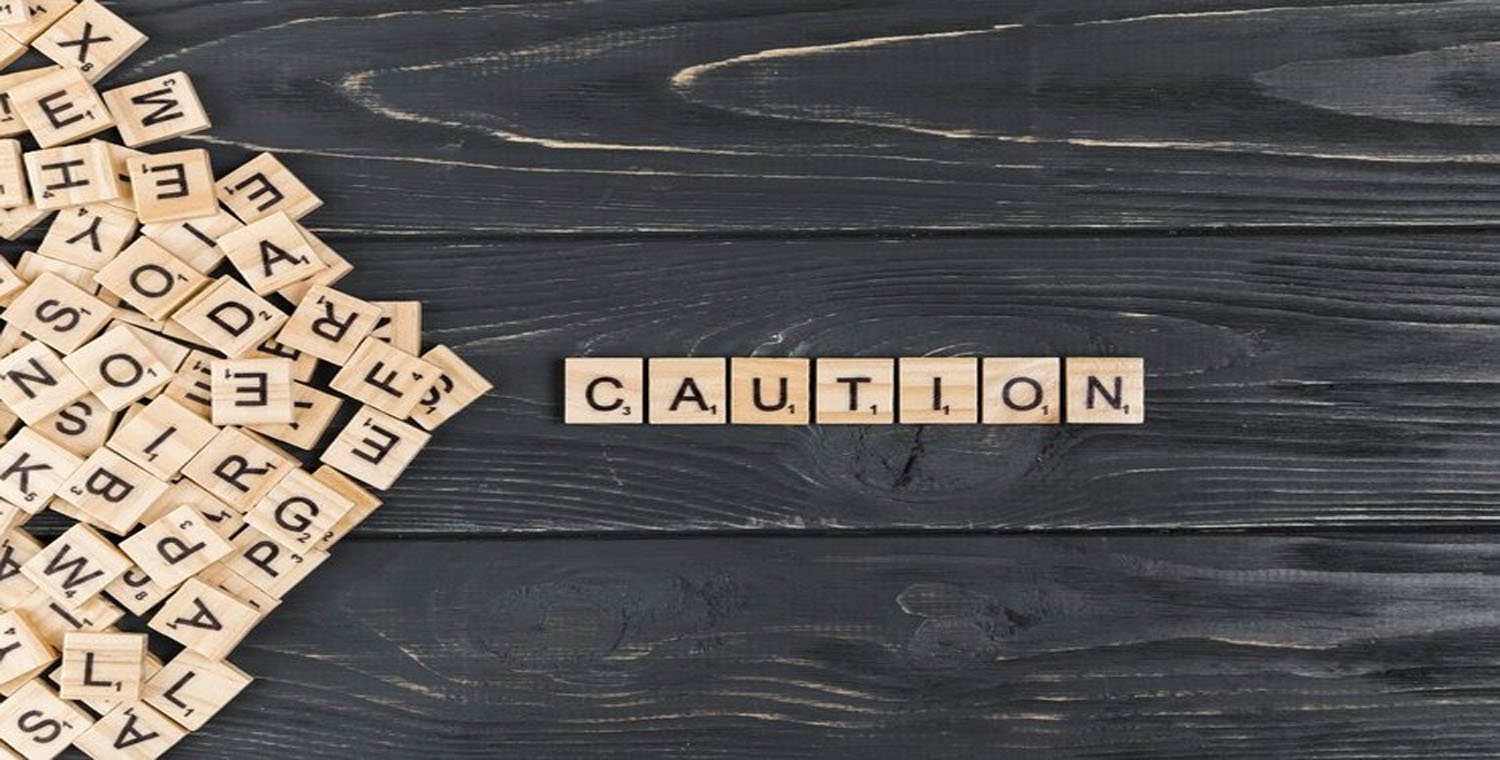If you’re a fan of puzzles and word games, you may have come across the term “cabal” in the NYT crossword. The New York Times crossword puzzle is renowned for its clever clues and diverse vocabulary, and understanding the context of terms like “cabal” can enhance your solving experience. In this article, we’ll delve into the meaning of “cabal,” its significance in crossword puzzles, and explore strategies for tackling the NYT crossword.
What is a Cabal?

The term “cabal” refers to a secretive group of individuals who work together, often with ulterior motives, to influence or control a situation. Historically, the word has been associated with political intrigue, conspiracies, and clandestine meetings. The origins of the word can be traced back to the Hebrew term “kabbalah,” which refers to a mystical interpretation of the scriptures, and it has since evolved to represent groups that engage in covert activities.
In the context of the NYT crossword, “cabal” can serve as an intriguing clue that prompts solvers to think about secrecy, alliances, and influence.
Possible Crossword Clues
When you encounter “cabal” in a crossword, it may appear as part of a broader clue. Here are some potential clues related to “cabal”:
- Secret Group: Referring to the clandestine nature of a cabal.
- Political Intrigue: Highlighting the often conspiratorial aspects of a cabal.
- Conspiracy Members: Suggesting individuals involved in secretive plots.
The Importance of Context
Understanding the context in which “cabal” is used can greatly assist in solving the puzzle. The NYT crossword often employs clever wordplay and cultural references. Therefore, recognizing whether the clue pertains to politics, literature, or pop culture can guide your thought process.
The Role of “Cabal” in Popular Culture
The concept of a cabal has permeated various aspects of popular culture, from literature to film, influencing the way we perceive secretive organizations. Here are a few notable examples:
Literature
Many authors have explored themes of secrecy and conspiracies in their works. Books such as “The Da Vinci Code” by Dan Brown depict secret societies that manipulate historical narratives. In such contexts, the term “cabal” often emerges to describe groups working behind the scenes.
Film and Television
Movies and TV shows frequently portray cabals as antagonistic forces. For instance, in the series “The X-Files,” the Cabal is a shadowy organization manipulating events and keeping secrets from the public. These portrayals contribute to the public’s fascination with the concept and provide rich material for crossword clues.
Video Games
The idea of a cabal is also prevalent in video games, where players may encounter secret societies or factions that drive the storyline. Games like “Assassin’s Creed” often involve players unraveling conspiracies orchestrated by such groups, further embedding the term in contemporary culture.
Solving the NYT Crossword: Strategies for Success
If you’re tackling the NYT crossword and encounter the clue “cabal,” here are some strategies to keep in mind:
1. Familiarize Yourself with Common Crossword Terms
Understanding commonly used terms and their synonyms can be invaluable. For “cabal,” synonyms include “clique,” “faction,” and “conspiracy.” Expanding your vocabulary in this way can help you fill in answers more confidently.
2. Consider the Theme of the Puzzle
NYT crosswords often revolve around specific themes. If the puzzle has a political or historical focus, the clue for “cabal” may relate to historical conspiracies or political groups. Recognizing these themes can guide your thought process.
3. Look at Cross-Referencing Clues
Cross-referencing clues can provide critical hints. If “cabal” intersects with another answer, solving that clue first can give you letters to work with, making it easier to fill in the answer for “cabal.”
4. Practice Regularly
Regular practice is essential for improving your crossword skills. The more you engage with puzzles, the more familiar you’ll become with the types of clues used and the vocabulary that appears frequently.
The Evolution of the NYT Crossword
The NYT crossword has evolved over the decades, adapting to changes in culture, language, and society. Here are some key milestones in its development:
Historical Background
The first NYT crossword was published on February 15, 1942. Since then, it has grown in popularity, becoming a daily ritual for many crossword enthusiasts. The puzzles initially followed traditional formats, but over time, they have incorporated more diverse and contemporary themes.
Cultural Relevance
The NYT crossword is known for its cultural relevance, often reflecting current events, trends, and societal issues. This adaptability has allowed it to remain popular among a wide audience. As a result, clues like “cabal” are often infused with contemporary references, enhancing their appeal.
Increasing Diversity
In recent years, the NYT crossword has made strides toward inclusivity, featuring a more diverse array of topics, names, and cultural references. This evolution helps engage a broader audience and keeps the puzzles fresh and exciting.
The Community of Crossword Enthusiasts
Crossword puzzles are not just solitary pursuits; they foster a vibrant community of enthusiasts. Engaging with this community can enhance your solving experience in several ways:
Online Forums and Social Media
Many crossword enthusiasts gather in online forums, such as Reddit or dedicated crossword websites, to discuss clues, share solving strategies, and exchange tips. Social media platforms also provide spaces for fans to connect and share their love for puzzles.
Crossword Clubs and Events
Joining a local crossword club or attending crossword-related events can be a great way to meet fellow fans. These gatherings often include puzzle-solving competitions, workshops, and discussions about puzzle creation, enriching your understanding of the craft.
Competitions
Participating in crossword competitions can sharpen your skills and provide a sense of accomplishment. Events such as the American Crossword Puzzle Tournament attract solvers from all over, offering a platform to showcase your abilities and connect with others who share your passion.
Conclusion: Embracing the Challenge of the Cabal NYT Crossword
The “cabal NYT crossword” clue is more than just a word to solve; it represents a rich tapestry of language, culture, and intrigue. By understanding the term’s meaning and its implications in popular culture, crossword enthusiasts can enhance their solving experience.
More Read:
Drip Alternatives NYT Crossword Clue: Exploring Your Options



